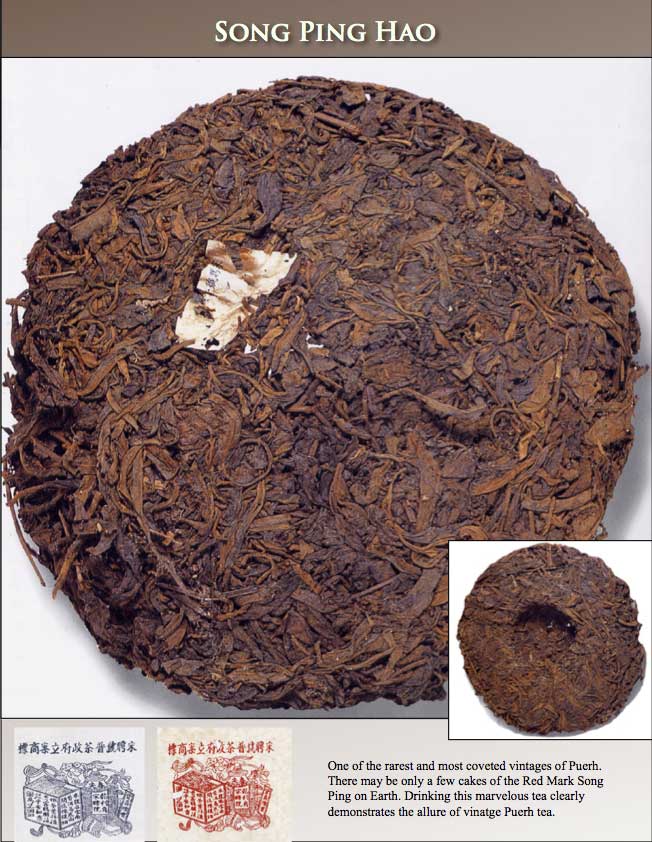
An Introduction to Aged
and Aging Puerh
By Huang Chan Fang
Article original publié sur The Leaf
Over the course of many years, the plant will ferment and decompose, resulting in cellular break down. When the cell walls of Puerh leaves break down, the material inside the cells is released. The more of this "vegetable fat" released, the smoother the tea will be. The more cellulose that is released, the sweeter the tea will be; and the more scented oil is released, the more obvious the fragrance will be. Besides these flavor enhancements, amino acids and other trace elements are released from the broken-down cells, all of which benefit the human body. Likewise, harmful ingredients found in tea, like caffeine and tannic acid, are volatized by the decomposition. The jerky taste and puckery sensation are gone, and the bitter coldness has turned into soft warmth in terms of Chinese philosophy. As the tea ages the molecules shrink, making it smoother and more pleasurable to drink.
Temperature, humidity and oxygen levels play a significant role in the decomposition of Puerh tea. If any of these factors are slowed or speed up too much, the tea will not be as good. A cake of Puerh will have completely different flavors two years from now, and again in five and so forth. Why? Well, a big part of this mystery is answered in the origin of Puerh tea. Puerh tea comes from a different type of tea plant than other teas: arbor trees. Trees have bigger leaves with more variation in size, even on the same branch. Puerh tea is propagated sexually, rather than by cutting, which means that every single tree is a unique breed. The average Qing Pu cake may contain about 1000 leaves and that variety, combined with the fact that every tree is an independent and idiosyncratic breed, means that a cake could have anywhere from 1 to 1000 different breeds in it and it would be impossible to find two cakes that are, strictly speaking, identical in flavor or fragrance, though they would share the common characteristics of tea from that area.
Whether blended or not, it is very difficult indeed to predict what kind of changes will occur in a cake over time, though blended cakes are even more difficult. Even if all the storage factors are perfect, the differences from cake to cake make any prediction near impossible. Generally, if tea is composed in a skillful and knowledgeable manner, using higher-quality raw material, its essence will get better and better over time, as long as the storage environment is relatively healthy…